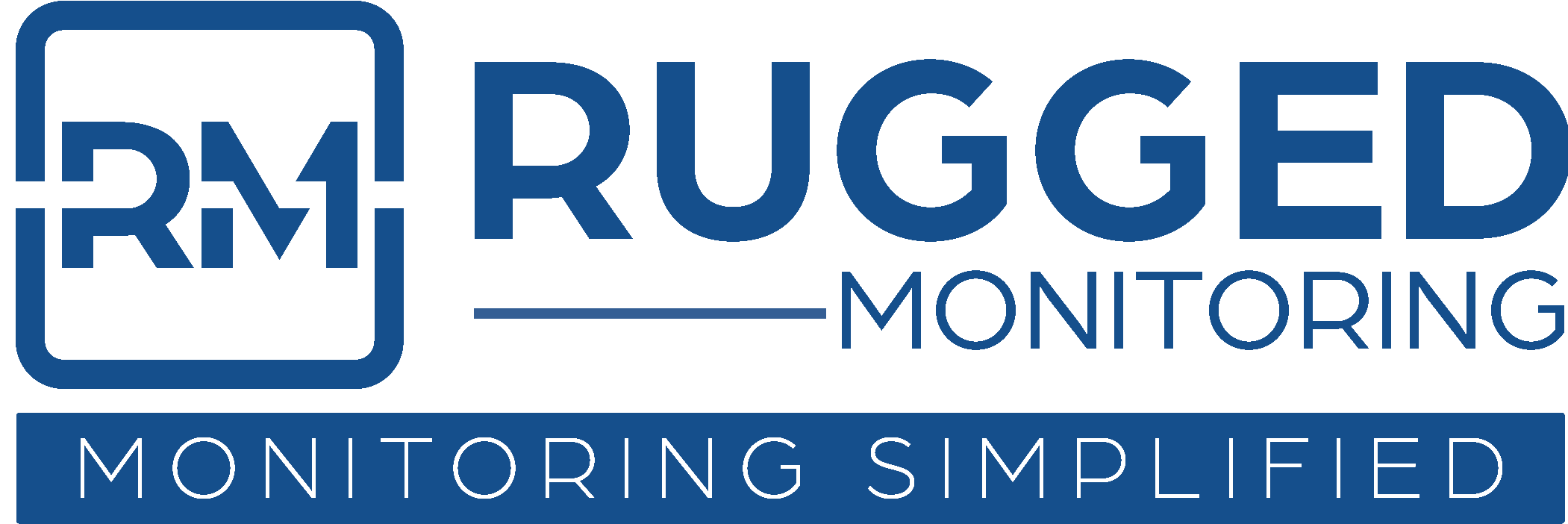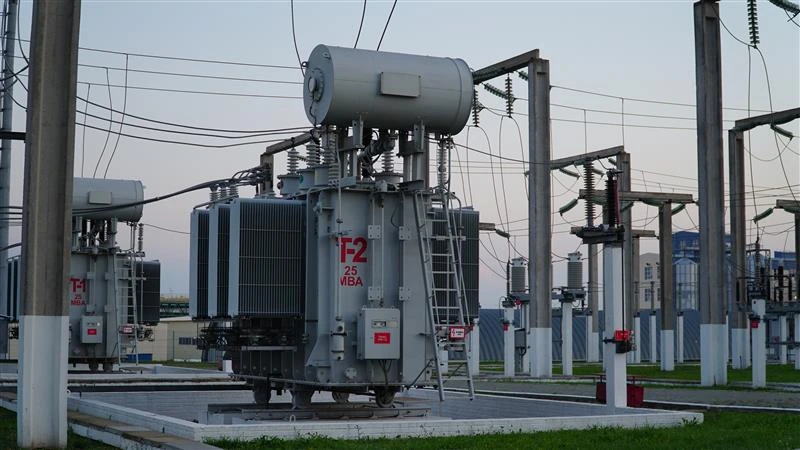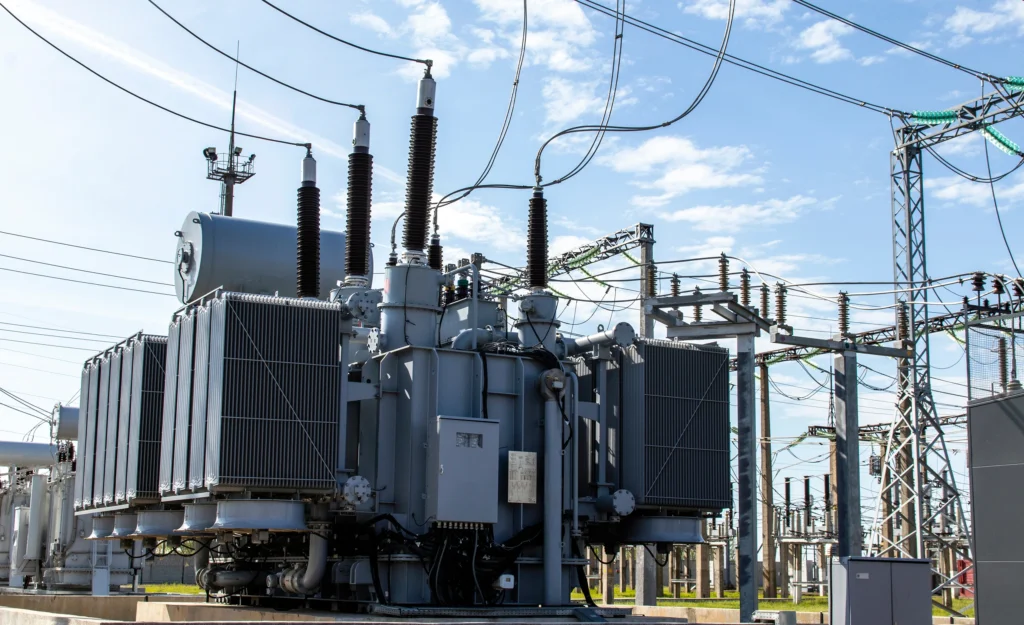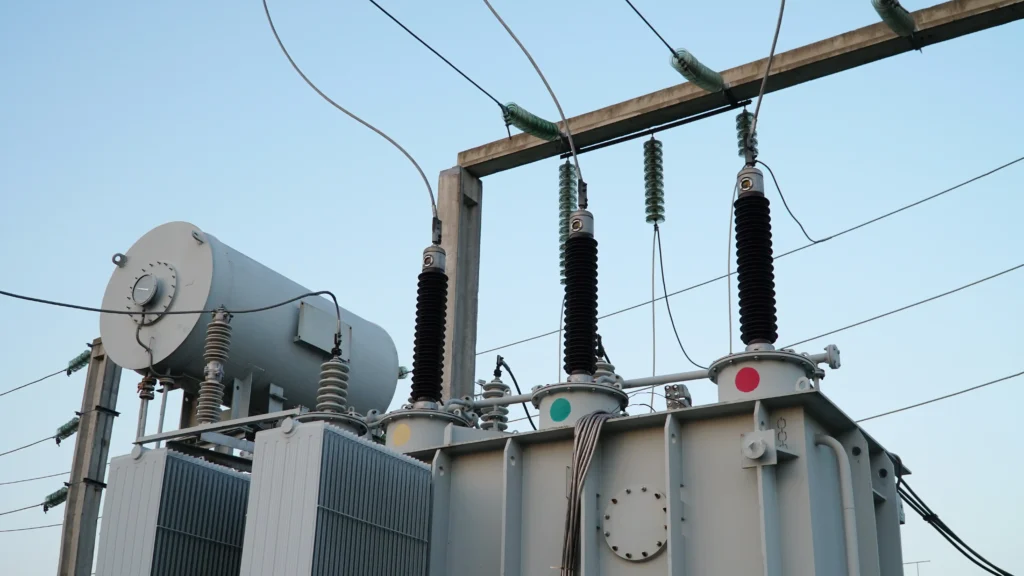Introduction:
The intricate world of electrical asset management and maintenance has seen rapid advancement with the integration of technology. One such technological marvel, Computerized Maintenance Management Systems (CMMS), has revolutionized the way organizations approach electrical asset management. Streamlining operations, enhancing efficiency, and ensuring the longevity of assets, CMMS emerges as a contemporary solution to age-old challenges. In this article, we delve deep into the importance, benefits, and selection process of a CMMS, specifically tailored for electrical asset management and maintenance.
Understanding the Essence of CMMS
- “Defining CMMS”: A Computerized Maintenance Management System, popularly known as CMMS, acts as the backbone for organizations aiming for effective asset management. It’s not just a mere digital tool; it’s the quintessence of modern electrical asset management. By offering a centralized platform, CMMS empowers organizations to oversee their physical assets meticulously, ensuring they function at their optimum.
- “Evolution Over Time”: The journey of CMMS is nothing short of remarkable. Originating as basic software tools, today’s CMMS platforms have evolved, harnessing the power of artificial intelligence. This evolution signifies the industry’s response to the ever-growing complexity of electrical asset management and the pressing need for real-time, actionable insights.
- “Core Components”: A robust CMMS is distinguished by its foundational elements. Asset tracking stands paramount, offering organizations a transparent view of each asset’s lifecycle. Preventive maintenance is another cornerstone, emphasizing the importance of foresight in maintenance operations. Lastly, inventory management ensures that organizations are always equipped with necessary parts, minimizing downtime.
- “Integration with IoT”: In the era of connected devices, CMMS’s integration with the Internet of Things (IoT) has been a game-changer. By seamlessly syncing with IoT devices, CMMS can tap into real-time data, offering a comprehensive view of the health of electrical assets. This synergy doesn’t just provide data; it offers actionable insights, alerting asset managers about potential issues, and ensuring timely intervention.
By understanding the essence of CMMS and its relevance in the current industrial landscape, “Asset Managers, Substation Managers, Transformer Design Engineers, and Electrical Engineers,” among others, can harness its potential to its fullest. The integration of electrical asset monitoring software with CMMS emphasizes a proactive approach, ensuring that the health of electrical assets is never compromised.
Key Benefits of Employing CMMS in Electrical Asset Management
- “Optimizing Asset Life Cycle”: The essence of electrical asset management revolves around ensuring that assets offer their maximum utility throughout their life cycle. A CMMS, in this context, serves as an invaluable ally. By facilitating regular monitoring and diligent maintenance, it ensures that assets not only remain functional but also yield optimal performance over extended periods. This proactive approach to asset management, driven by CMMS, aids “Facility Managers, Utility Companies, and Industrial Plant Managers” in ensuring the longevity of their assets, ultimately leading to substantial operational benefits.
- “Data-Driven Decisions”: In the age of digital transformation, decisions rooted in empirical data often hold the upper hand. CMMS, being a reservoir of critical asset data, equips “Electrical Engineers, GIS Design Engineers, and Electrical Design Consultants” with the tools to make informed decisions. From the health of an asset to its maintenance history, CMMS provides a holistic view, enabling organizations to strategize their maintenance operations effectively and preempt potential pitfalls, ensuring seamless electrical asset management & maintenance.
- “Cost Efficiency”: Financial prudence is at the heart of successful asset management. Here, CMMS shines by emphasizing predictive maintenance over reactive approaches. By identifying potential issues well in advance and scheduling timely interventions, CMMS aids in averting expensive breakdowns. This not only ensures the smooth functioning of assets but also translates to significant cost savings in the long run, a benefit that resonates deeply with “Energy Managers, Maintenance Managers, and Asset Managers.”
- “Safety and Compliance”: The importance of safety in electrical asset management cannot be overstated. A well-maintained electrical asset is less prone to failures, significantly reducing safety hazards. CMMS, with its meticulous maintenance schedules, ensures that assets are in top-notch condition, inherently minimizing risks. Furthermore, in industries governed by stringent regulations, CMMS aids in regulatory compliance by maintaining a comprehensive record of maintenance activities. This dual benefit of safety and compliance, offered by CMMS, makes it indispensable for “Safety Inspectors, Government Agencies, and Research Institutions.”
Harnessing the potential of CMMS in electrical asset management not only ensures the optimal functioning of assets but also guarantees safety, compliance, and cost efficiency. As the electrical asset monitoring landscape continues to evolve, integrating CMMS becomes not just an option but a necessity for modern organizations.
CMMS’s Role in Preventive Maintenance
- “Proactive vs Reactive”: The traditional approach towards maintenance, which is reactive, entails waiting for an asset to break down before initiating repair. However, in today’s intricate electrical systems, such an approach can be costly and detrimental. A CMMS shifts the paradigm from this reactive stance to a proactive one. Instead of waiting for failures, CMMS schedules regular check-ups, ensuring that assets are always in optimal condition. This transition is particularly crucial for “substation managers, transformer design engineers, and electrical design consultants” who understand the importance of pre-empting issues rather than responding to them post-facto.
- “Data Analytics and Predictions”: In the world of electrical asset management & maintenance, data is the key to foresight. CMMS, with its robust data analytics capabilities, isn’t just a record-keeping tool; it’s a predictive mechanism. By analysing historical and real-time data, CMMS can forecast potential asset failures, enabling “Utility Companies, Energy Managers, and Facility Managers” to intervene timely. This not only prevents costly downtimes but also enhances the reliability and efficiency of electrical assets.
- “Automated Scheduling”: In large setups where numerous assets need monitoring, manual scheduling can be cumbersome and error-prone. CMMS introduces automation into the mix, ensuring that maintenance tasks are systematically scheduled without overlaps or omissions. Such automated scheduling is a boon for “Asset Managers and Maintenance Managers,” ensuring that no asset, however minor, is overlooked, thereby enhancing the overall efficiency of electrical asset management.
In the realm of electrical asset management, preventive maintenance is paramount. With CMMS at the helm, organizations can embrace a systematic, data-driven, and proactive approach, ensuring that electrical assets deliver consistent performance while adhering to safety and compliance norms.
The Adaptability and Versatility of CMMS
- “Industry-Specific Customizations”: The landscape of electrical asset management & maintenance varies across different industries. Whether it’s the intricate grid systems of utility companies or the production machinery in manufacturing units, the assets and their requirements differ substantially. CMMS, showcasing its adaptability, can be tailored to these specific industry needs. For “transformer design engineers” or “GIS design engineers,” this means having a system that aligns with their unique operational dynamics, ensuring optimal asset health.
- “Integration Capabilities”: In today’s interconnected enterprise environments, isolated systems can hinder operational efficiency. CMMS shines in its ability to seamlessly integrate with other pivotal enterprise systems like ERP or EAM. This integration amplifies the capabilities of CMMS, providing “Asset Managers and Facility Managers” a unified platform to monitor and manage electrical assets, ensuring streamlined operations and enhanced decision-making.
- “User-Friendly Interfaces”: A system, no matter how advanced, is of little use if it isn’t user-friendly. Recognizing this, modern CMMS platforms emphasize user experience. With intuitive interfaces, even individuals who aren’t tech-savvy can navigate and utilize the system efficiently. This is especially beneficial for “electrical design consultants and Electrical Engineers,” ensuring they can focus on their core tasks without grappling with a complex system.
- “Cloud vs On-Premise Solutions”: Organizations have diverse operational requirements and constraints. CMMS caters to this diversity by offering both cloud-based and on-premise solutions. While cloud solutions offer scalability and remote accessibility, on-premise solutions provide data control and can be tailored for specific infrastructural needs. “Industrial Plant Managers and Utility Companies” can choose the variant that aligns with their organizational needs, ensuring they harness the full potential of CMMS in electrical asset management & maintenance.
The versatility of CMMS, from industry-specific customizations to its varied deployment options, underscores its value in the realm of electrical asset management. Its ability to adapt and cater to diverse industry requirements ensures that organizations, regardless of their scale or domain, can leverage CMMS to optimize the health and longevity of their electrical assets.
Selecting the Right CMMS for Your Organization
- “Assessing Organizational Needs”: Understanding the unique requirements of an organization is the first step towards selecting the right CMMS for electrical asset management & maintenance. The specific assets, the scale of operations, and the organizational goals play a pivotal role in determining which CMMS solution aligns best. For instance, a “substation manager” might prioritize real-time asset health monitoring, while an “electrical design consultant” might emphasize reporting features. Hence, before delving into the myriad of CMMS options, comprehensively assessing and outlining the specific needs is paramount.
- “Budget Constraints and ROI”: While the costs associated with implementing a CMMS might seem substantial, it’s essential to weigh this against the potential ROI. A robust CMMS can significantly enhance asset uptime, reduce unplanned downtimes, and optimize maintenance tasks. For “Energy Managers and Maintenance Managers,” understanding the long-term benefits, from cost savings to improved operational efficiency, can provide clarity on the budgetary allocations. An optimized CMMS can justify its expenditure by delivering tangible returns in electrical asset management & maintenance.
- “Vendor Credibility and Support”: The CMMS market is replete with numerous vendors, each offering distinct features and benefits. However, beyond the software’s capabilities, the reputation and credibility of the vendor are crucial. “Asset Managers and Facility Managers” should consider the vendor’s track record, client testimonials, and post-sales support. A reputable vendor not only ensures a reliable CMMS solution but also offers indispensable support, ensuring smooth operations and timely resolutions of any issues.
- “Scalability and Future-Proofing”: Organizations evolve, and their needs change over time. The CMMS solution chosen today should be capable of catering to the organization’s future demands. Whether it’s the integration of new electrical assets, expansion to new locations, or the incorporation of advanced analytics, the CMMS should be scalable. “Industrial Plant Managers and Utility Companies” must ensure that the selected CMMS is not just apt for current requirements but is also future-proof, ensuring its long-term utility in the realm of electrical asset management & maintenance.
In essence, choosing the right CMMS is a nuanced process that demands thorough research, assessment, and foresight. It’s not just about the features but also the long-term benefits, vendor credibility, and the software’s adaptability to future organizational needs. Making an informed decision ensures that the CMMS serves as a steadfast tool in optimizing electrical asset health and maintenance.
Real-world Applications and Success Stories of CMMS
- “Manufacturing Sector”: Manufacturers often grapple with the complexities of maintaining an array of electrical assets that power their production lines. A pivotal role of CMMS in the manufacturing sector is to optimize production by reducing equipment downtime. By harnessing the power of CMMS, manufacturers can comprehensively track the maintenance history, condition, and location of each asset, from motors to intricate machinery. This ensures timely preventive maintenance, drastically curbing unforeseen disruptions. As a result, many manufacturers have reported a spike in production efficiency, owing to the strategic electrical asset management & maintenance powered by CMMS.
- “Utility Companies”: For utility companies, any hiccup in their complex grid systems can result in widespread outages, affecting thousands or even millions. Thus, the role of CMMS in ensuring a consistent power supply is invaluable. Utility companies leverage CMMS to schedule preventive maintenance tasks for critical equipment, such as transformers and switchgear. This proactive approach, underpinned by CMMS, facilitates early identification of potential issues, ensuring a robust and resilient power grid. The resultant is a marked improvement in the reliability of power supply, a testament to the efficacy of CMMS in electrical asset management & maintenance.
- “Healthcare Facilities”: In healthcare settings, the consistent operational efficiency of electrical assets, especially life-saving equipment, is non-negotiable. Hospitals and healthcare facilities rely heavily on CMMS to ensure that every piece of equipment, from MRI machines to heart monitors, functions flawlessly. Regular maintenance schedules, tracked and managed via CMMS, ensure that these critical devices are always in optimal condition. The overarching benefit is twofold: healthcare professionals can rely on their equipment, and patients receive uninterrupted, top-notch care.
- “Educational Institutions”: Educational campuses are sprawling spaces equipped with myriad electrical assets, from laboratory instruments to HVAC systems. CMMS plays an instrumental role in these institutions by overseeing the health and functionality of such infrastructure. Ensuring that every asset operates efficiently is paramount to providing a conducive learning environment. By leveraging CMMS, institutions can schedule regular checks, maintain assets, and pre-emptively address potential issues, ensuring that the academic atmosphere remains undisturbed by technical glitches.
Across these diverse sectors, the common thread is the unparalleled utility of CMMS in electrical asset management & maintenance. Its real-world applications underscore its indispensability in modern-day operations, optimizing efficiency, reducing costs, and ensuring safety and reliability.
Conclusion:
The realm of electrical asset management and maintenance has been significantly enhanced with the integration of CMMS. As organizations strive for greater efficiency, reduced downtimes, and extended asset longevity, CMMS stands out as an invaluable tool. By ensuring regular maintenance, real-time monitoring, and data-driven decision-making, CMMS is undeniably the modern solution to electrical asset management challenges.



